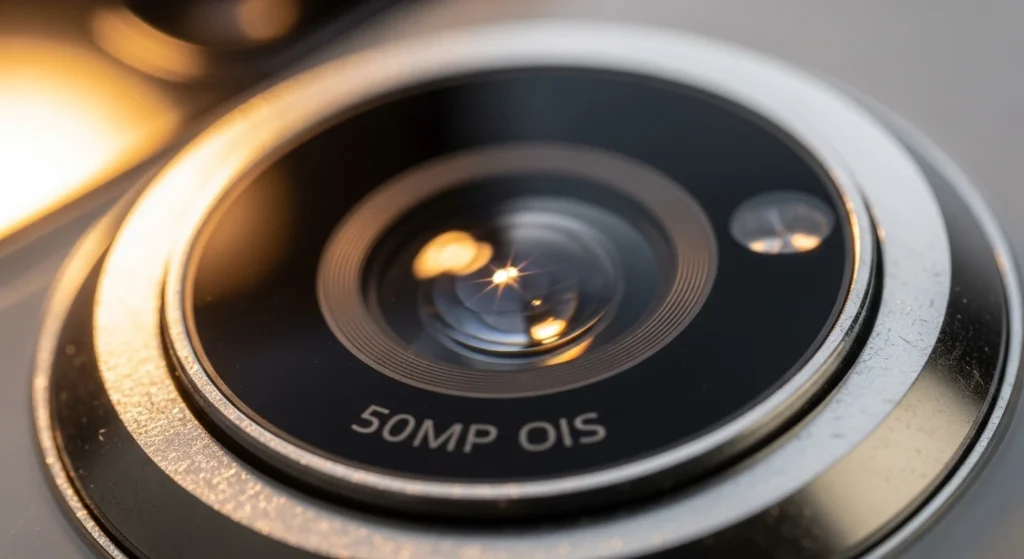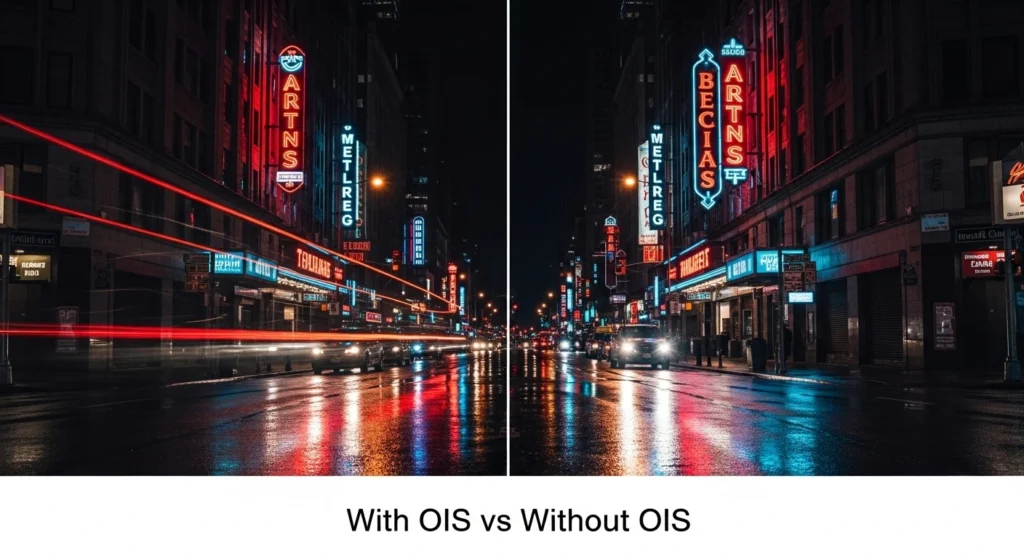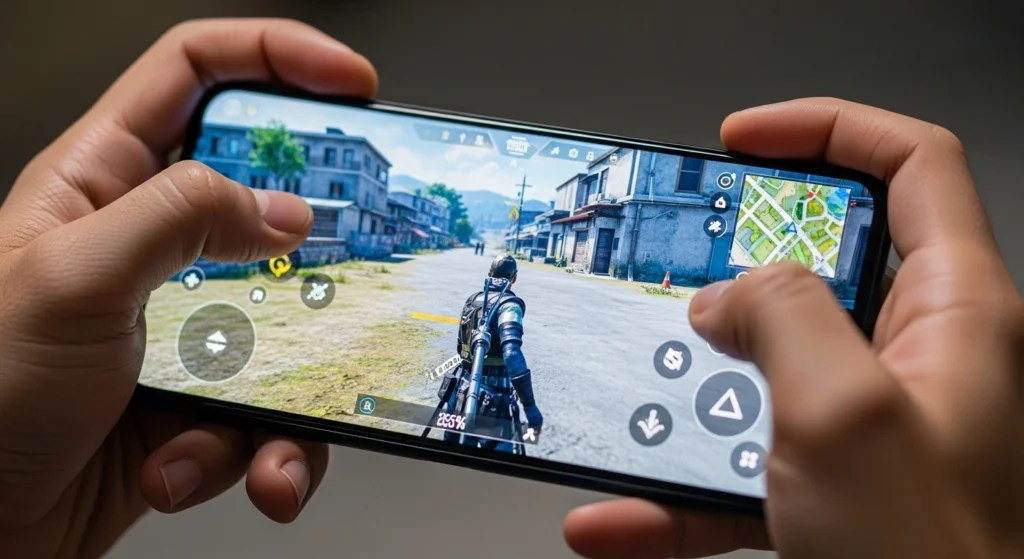If you thought optical image stabilization (OIS) was reserved for midrange or premium phones, think again. The Samsung Galaxy M17 5G: The claim of the first budget phone under $200 with an OIS camera is bold—but that’s exactly why this phone is turning heads. In this article, we’ll dig deep into the specs, camera performance, real-world experience, and whether it’s a genuine “game changer” in the budget segment.
Why OIS in a Budget Phone Matters
Before we dig into the device, let’s set the stage. OIS (Optical Image Stabilization) helps keep your photos and videos sharp by compensating for small hand movements. It’s especially useful in low light for night photography, action shots, and video recording. Many phones below the $200 mark either skip OIS entirely or use only software stabilization, which is often less effective.
So if the Galaxy M17 truly includes a 50 MP main camera with hardware OIS, it marks a shift—camera capabilities trickling down to ultra-affordable devices.

What We Know: Galaxy M17 5G at a Glance
Here’s a quick spec snapshot for context:
| Feature | Detail / Known Info |
|---|---|
| Chipset | Exynos 1330 (5 nm) |
| RAM & Storage | Up to 8 GB RAM (leaked) |
| Display | ~6.7-inch AMOLED / AMOLED-type FHD+ panel |
| Rear Cameras | 50 MP main + 5 MP ultrawide + 2 MP macro (leaked) |
| Selfie Camera | ~13 MP (wide) |
| Battery & Charging | 5,000 mAh, 25 W charging (expected) |
| Software | Android 15 + One UI 7; up to 6 years of updates promised |
| Price (India) | Launch price ~ ₹12,499 (~ US $150–170 depending on exchange) |
The leaks and listings suggest it borrows heavily from the recently released Galaxy A17 / F17 design and spec sets.
One thing to watch: sometimes specs change between leaks and final launch, so treat these as informed projections, not confirmed.
Camera System: The “Game Changer” Claim Put to the Test

The Setup
The headline claim—“first budget phone under $200 with OIS camera”—hinges entirely on how well the 50 MP main camera (with OIS) performs in real use.
- The main sensor is rumored to include hardware OIS, which could yield sharper low-light shots, better motion capture, and more stable video.
- The supporting sensors (5 MP ultrawide + 2 MP macro) are common in this price band, likely without fancy features.
- Selfie performance is expected to be modest but serviceable.
Why OIS Makes a Big Difference in This Tier
In a top-tier or midrange phone, OIS is almost expected, but in a sub-$200 device, adding it is expensive. If implemented well, OIS:
- Reduces blur in handheld shots, especially in dim or twilight lighting
- Stabilizes video capture (less shaky footage)
- Helps with slower shutter speeds without introducing blur
However, OIS isn’t a magic wand—the end quality still depends on sensor size, lens aperture, image processing pipeline, and the software optimization Samsung applies.
Potential Weaknesses/Trade-offs
- The sensor may be smaller / with smaller pixels (less light collected) to keep cost down.
- The ultrawide/macro cameras likely won’t match the main camera in quality.
- Samsung’s software tuning (denoise, sharpening) will play a big role.
- In extremely low light, OIS helps but can’t compensate for the sensor’s limitations.
What to Put in Your Final Article
- Side-by-side sample images (if reviews appear) comparing M17 vs. its peers
- Video stabilization demo, ideally handheld
- Comparisons with other budget phones lacking OIS
- Commentary on whether the improvement is worth it, given trade-offs
Performance & Real-World Use

With the Exynos 1330 and up to 8 GB RAM, the Galaxy M17 should offer fluid daily performance (app switching, social media, and browser).
In gaming scenarios, expect lighter titles (PUBG Mobile Lite, Call of Duty Mobile on medium) to run smoothly; heavier AAA games may require frame drops or reduced settings. Thermal throttling could become a factor in extended sessions.
Display performance (brightness, color accuracy) and connectivity (5G bands, Wi-Fi) will also affect the overall experience.
Battery Life & Charging
A 5,000 mAh battery paired with a modest chipset like the Exynos 1330 suggests above-average battery life for this class. In real usage—browsing, camera use, social media, light gaming—it could last a full day easily, possibly a day and a half for light users.
25 W charging isn’t blazing fast but is acceptable for its tier. If Samsung can push it from 0% to 50% in ~30 minutes, that’s competitive.
Software, Support & Longevity
One of the biggest differentiators here is Samsung’s software promise: reportedly up to 6 years of Android OS / security updates for this device.
For budget buyers, long-term support is a big win—you’re not just buying a phone for 1–2 years but something that can remain functional and secure.
Samsung’s One UI 7 features (camera enhancements, AI tools, etc.) will also matter, especially how they integrate with the hardware.
How It Stacks Against Competitors
To see how “game changing” the M17 really is, you’ll want to compare it with other phones in the ~$130–$200 (or ₹10,000–₹16,000) range:
- Many phones skip OIS entirely at that price.
- Some may offer higher refresh rate displays (120 Hz) but compromise elsewhere.
- Weak software support is common in this segment, so Samsung’s long update promise may trump others.
- Camera quality (especially in low light) often separates “good” from “great” in this budget category.
In your full article, you can pick 2–3 direct competitors (from Xiaomi, Realme, Motorola, etc.) and compare specs, sample shots, and user experience.
Weaknesses & Caveats
No phone is perfect. For the Galaxy M17 5G, some likely pain points:
- Secondary cameras (ultrawide, macro) probably won’t impress
- Under heavy load, performance may not match midrange flagships.
- IP rating likely modest (splash / dust, not full waterproofing)
- Service and spare parts may be limited in some markets.
- Ultimately, the “OIS in sub-$200” claim hinges on software tuning—if Samsung’s implementation is weak, gains may be marginal.
Is It a Game Changer?
Based on leaks and early indications, the Samsung Galaxy M17 5G—the first budget phone under $200 with an OIS camera—is more than just a marketing gimmick; it represents a shift in what buyers can expect from budget devices. If Samsung delivers solid camera performance, good battery life, and long-term support, this could raise the bar for all budget smartphones.
For average users, social content creators, casual photographers, or anyone who cares about low-light shots without spending heavily, M17 might offer unmatched value.
However, perfection isn’t guaranteed: the final camera tuning, execution, and trade-offs will determine whether it’s truly a milestone or just a decent phone with a catchy claim.












